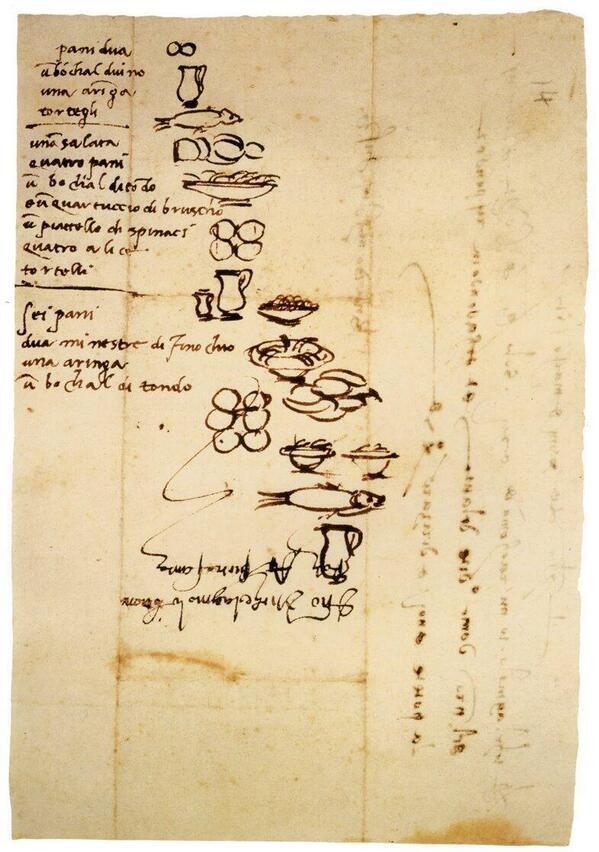When Venice was way under water a decade ago, we posted about it here on Open Culture. By that time, the City of Canals was supposed to have been protected by MOSE, a $7 billion flood-control system not actually completed until 2021. But a drought struck the following year, and what afflicts Venice right now isn’t an excess of water but a lack of it. “Weeks of dry winter weather have raised concerns that Italy could face another drought after last summer’s emergency,” reports Reuters, “with the Alps having received less than half of their normal snowfall.”
Venice in particular “faces unusually low tides that are making it impossible for gondolas, water taxis and ambulances to navigate some of its famous canals,” a phenomenon blamed on a combination of factors including “the lack of rain, a high pressure system, a full moon, and sea currents.”
The Guardian video above includes, among other dispiriting scenes, a gondolier struggling to maneuver through one of the canals of Venice not quite reduced to muddy ditches. It also shows the contrast with the flooding Venice endured as recently as 2019, which had tourists and locals alike up to their knees in water.
These conditions are striking, but not unprecedented in Venice’s history of over a millennium and a half. “Although they’ve become significantly less frequent over the past two decades due to rising sea levels, Venice still sees one to ten low tides every year,” writes The Local’s Giampietro Vianello. “The city has seen 160 low tides with levels equal to or lower than ‑90cm since 1872, whereas the current tide has ‘only’ reached the ‑70cm mark so far.” Forecasts do indicate a rainfall to come across northern Italy, but at least until then, modern-day Robert Benchleys will have to alter their message back home: “Streets empty of water. Please advise.”
Related content:
How Venice Works: 124 Islands, 183 Canals & 438 Bridges
A Relaxing 3‑Hour Tour of Venice’s Canals
Watch Venice’s New $7 Billion Flood Defense System in Action
Based in Seoul, Colin Marshall writes and broadcasts on cities, language, and culture. His projects include the Substack newsletter Books on Cities, the book The Stateless City: a Walk through 21st-Century Los Angeles and the video series The City in Cinema. Follow him on Twitter at @colinmarshall or on Facebook.


